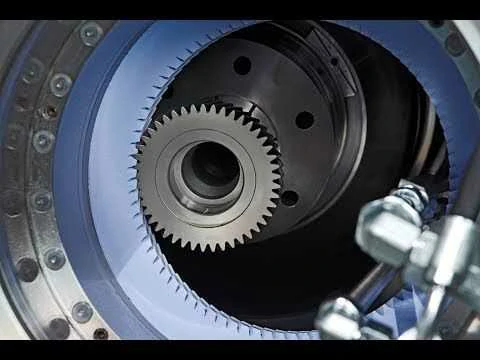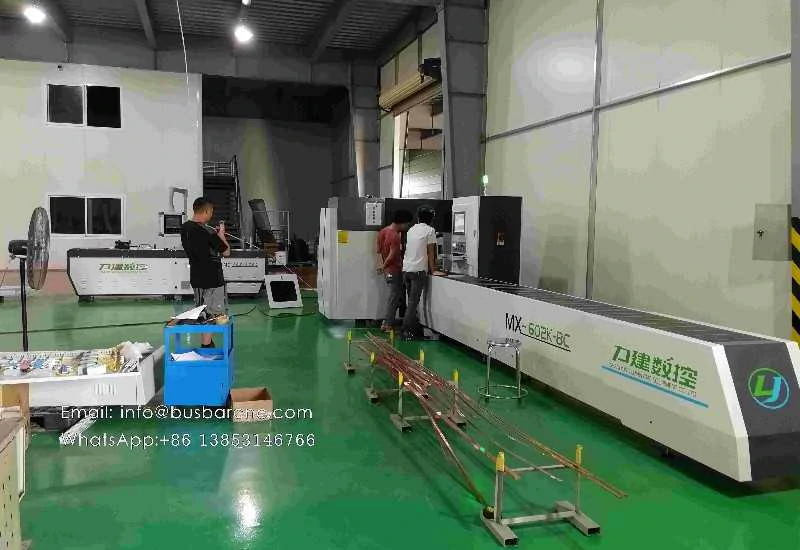Plane Mirror Grinding Solutions and Grinding Wheel Selection
Introduction:
Plane mirror grinding is a crucial process in the production of high-quality mirrors. The grinding process involves shaping the mirror surface by removing material with the help of a grinding wheel. This article will discuss various solutions and techniques for plane mirror grinding and the importance of selecting the right grinding wheel.
Grinding Solutions:
1. Rough Grinding:
The initial stage of mirror grinding is known as rough grinding. The purpose of rough grinding is to create a smooth and flat surface on the mirror. To achieve this, a coarse grinding wheel is used, which removes larger amounts of material quickly. It is essential to use proper techniques and maintain the correct pressure during rough grinding to avoid any irregularities on the mirror’s surface.
2. Fine Grinding:
Once the rough grinding stage is completed, fine grinding is performed to further refine the mirror surface. Fine grinding involves using a finer grit grinding wheel to remove smaller amounts of material and smoothen the surface. This stage requires precision and attention to detail to ensure an even and smooth mirror surface.
3. Edge Polishing:
After achieving the desired mirror surface, edge polishing is performed to give the mirror a finished look. Edge polishing involves using a polishing wheel or abrasive compound to smoothen and polish the edges of the mirror. This ensures that the mirror is not only optically excellent but also visually appealing.
Grinding Wheel Selection:
Selecting the right grinding wheel is crucial for achieving optimal results in plane mirror grinding. Here are some factors to consider when choosing a grinding wheel:
1. Wheel Material:
The material of the grinding wheel should be compatible with the mirror material. For example, if the mirror is made of glass, a diamond or silicon carbide grinding wheel is ideal. Different materials require different hardness and abrasiveness in the grinding wheel.
2. Grit Size:
The grit size of the grinding wheel determines the surface finish of the mirror. Coarser grits are used for rough grinding, while finer grits are suitable for fine grinding and polishing. It is essential to choose the appropriate grit size based on the desired level of smoothness.
3. Wheel Bonding:
The bonding material used in the grinding wheel affects its performance. Resin-bonded wheels are commonly used for mirror grinding as they provide good cutting ability and durability. However, the specific requirements of the mirror material should be considered when selecting the wheel bonding.
4. Wheel Shape and Size:
The shape and size of the grinding wheel depend on the mirror’s dimensions and the grinding machine being used. It is crucial to choose a wheel that fits properly and allows for effective grinding without causing any damage to the mirror or machine.
Conclusion:
Plane mirror grinding is a meticulous process that requires careful attention to detail and the right selection of grinding solutions. Rough grinding, fine grinding, and edge polishing are key steps in achieving a high-quality mirror surface. Additionally, choosing the appropriate grinding wheel based on material compatibility, grit size, wheel bonding, and wheel shape is essential for successful mirror grinding. By following these techniques and considerations, manufacturers can produce mirrors that meet the highest standards of quality and precision.
.webp)



